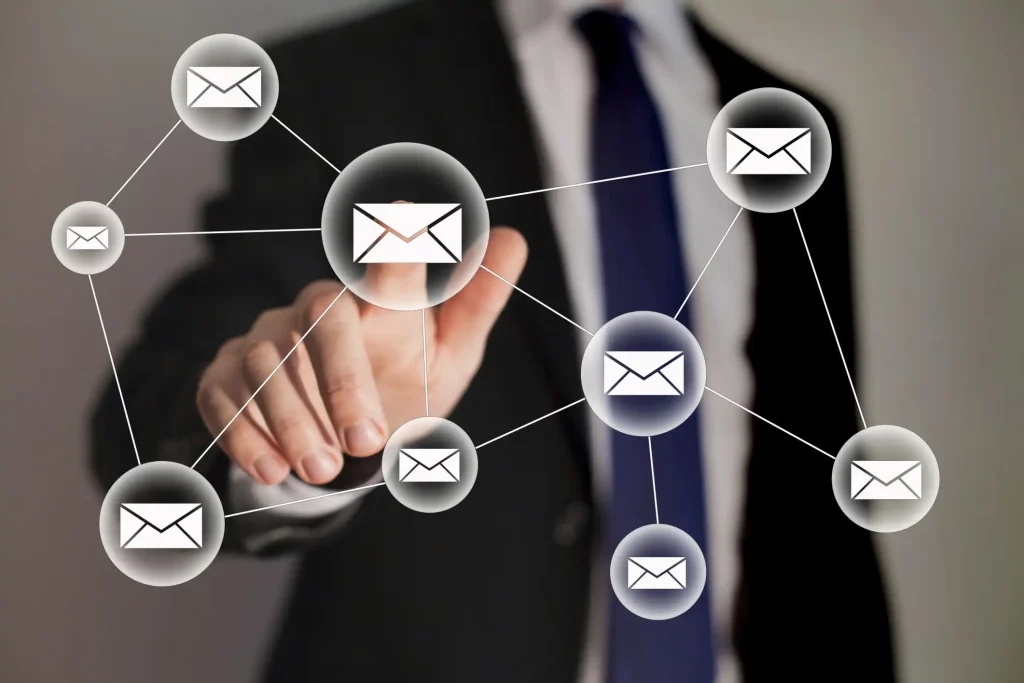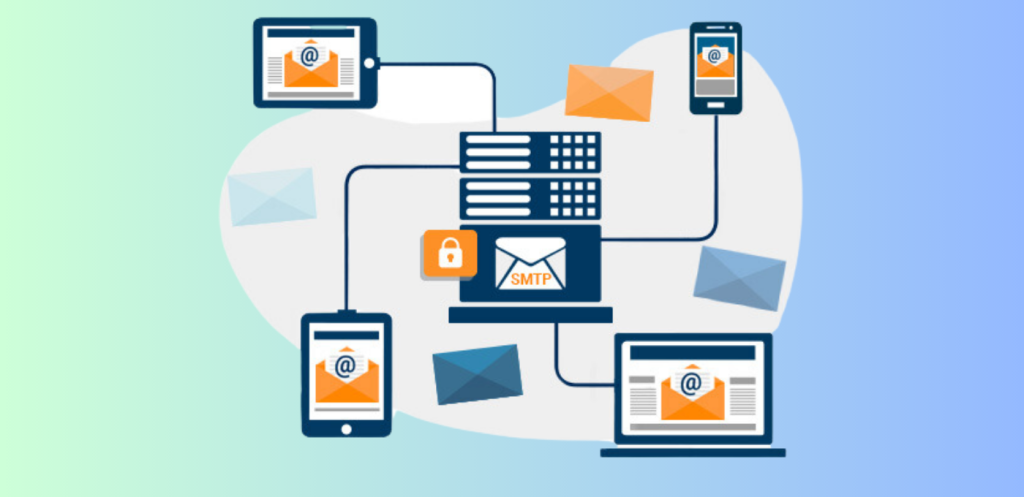In the digital age, email remains the cornerstone of business and personal communication, with over 4.26 billion emails sent daily worldwide. At the heart of this system lies SMTP (Simple Mail Transfer Protocol)—a critical framework ensuring your messages reach their destination without fail. Whether you’re a marketer, IT administrator, or just curious about how emails work, understanding SMTP is key to mastering email deliverability.
What is SMTP?
SMTP, short for Simple Mail Transfer Protocol, serves as the essential mechanism for sending, receiving, and relaying emails. Integrated within the TCP/IP suite, SMTP facilitates seamless communication between email clients like Gmail, Outlook, and Yahoo Mail.
Why SMTP Matters in Email Marketing
As businesses rely heavily on email for communication and marketing, reliable delivery becomes non-negotiable. With 96% of consumers checking emails daily, any disruptions in the email-sending process can lead to significant setbacks, from missed opportunities to reputational harm. SMTP server monitoring ensures uninterrupted email flow, making it a linchpin for efficient marketing campaigns.
How Does SMTP Work?
SMTP operates as an application-layer protocol governing the communication rules for transferring emails across servers and networks. Here’s a simplified breakdown:
- Establishing Connection:
- The SMTP client opens a TCP connection to the server, typically via ports 25, 587, or 465 (for secure connections).
- Command-Response Interaction:
- A two-way communication occurs, where the client sends email data (recipients, headers, body) to the SMTP server in steps.
- Transmission Completion:
- Once all data is transferred, the connection is closed.

SMTP Evolution: ESMTP, SMTPS, and MIME
SMTP has evolved significantly to adapt to modern needs:
- ESMTP (Extended SMTP):
Introduced in 1995, ESMTP adds functionality beyond standard SMTP, such as support for multimedia attachments and multi-language emails. - SMTPS (Secure SMTP):
SMTPS incorporates SSL/TLS encryption to safeguard email communications, ensuring data confidentiality and protection against phishing or spam threats. - MIME (Multipurpose Internet Mail Extensions):
MIME enhances SMTP by enabling the sending of multimedia content, attachments, and HTML-formatted messages, broadening the scope of email capabilities.
Types of SMTP Systems
According to RFC 5321, SMTP systems fall into four categories:
- Originating SMTP: Initiates the email-sending process.
- Delivery SMTP: Transfers messages to recipients’ inboxes.
- Relay SMTP: Bridges communication between servers without altering the content.
- Gateway SMTP: Can modify messages for security purposes, such as rewriting email addresses.
Each type plays a distinct role in ensuring emails are sent, received, and relayed effectively.

Why SMTP Monitoring is Critical
Monitoring SMTP servers ensures uninterrupted email communication by promptly addressing potential issues like server downtime or connection failures. Here’s why it’s essential:
- Performance Checks: Regular testing of ports (e.g., 25, 587, 465) ensures smooth data transmission.
- Error Prevention: Early detection of latency or server outages minimizes business disruptions.
- Data Security: Monitoring helps prevent breaches by verifying server health and connection integrity.
SMTP Monitoring Tools: UptimeRobot
Tools like UptimeRobot simplify SMTP monitoring with features such as:
- Real-Time Alerts: Immediate notifications for server anomalies.
- Integration Capabilities: Seamless compatibility with email, SMS, and apps like Slack.
- Performance Logs: Comprehensive insights into server uptime and response times.
Best Practices for SMTP Management
To maximize the efficiency and security of your SMTP servers:
- Monitor bounce rates to maintain a sender reputation score below 2%.
- Use protocols like DKIM and SPF to verify sender authenticity.
- Conduct regular latency tests to optimize server performance.

Read more:
- Understanding SMTP Errors: What Server Response Codes Mean
- Everything You Need to Know About SMTP Security
- Top 5 Benefits of Using SMTP Services
SMTP continues to be the backbone of email communication, adapting to the complexities of modern digital interactions. By leveraging advanced protocols like ESMTP, SMTPS, and MIME, alongside robust monitoring tools like UptimeRobot, organizations can ensure reliable, secure, and efficient email delivery. For businesses, this means more than just operational efficiency—it’s a safeguard for reputation and success in a hyper-connected world.
Take control of your email communication today by mastering SMTP and integrating proactive server monitoring strategies!